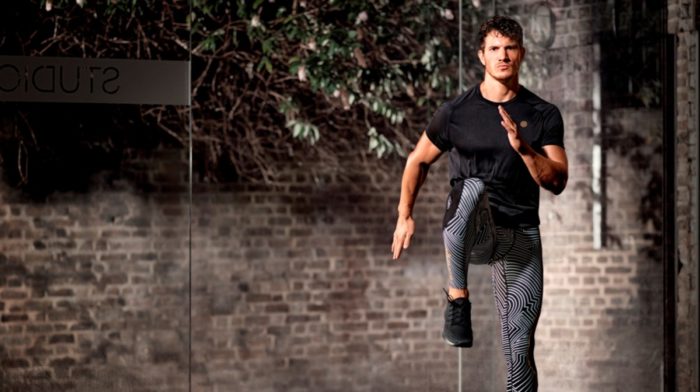Cycling tapering is always a tough one, and possibly one of the hardest things to get right. You ask yourself how much to do, how little to do, when to do it, when not to do it, how hard or how easy? There are so many questions! So let’s make this simple and easy for you.
Cycling Tapering Tips:
-
Know Your Goal
When is the big race or event that you need to be ready for?
Approximately two weeks leading up to the event, reduce the duration of the training that you do. This will help to build in some freshness and reduce fatigue in the lead up to it. Depending on the amount of training hours you do in a week it is suggested to reduce the duration by approximately 50% and work towards around 75% less hours in the final week.
-
Keep your sessions similar to what you're used to
Don’t change your structure or try to change anything in training too much. If you train 5 days a week then make sure that you keep your 5 days a week structure.
Try and stay specific to the event that you are doing, so make sure that you don’t mix sports (unless you are a triathlete or duathlete of course)! Keep things the same as you are used to. This will help to keep the muscle groups working to their full potential and reduce the risk of pulling muscles and injuring yourself.
-
Keep the intensity
Just because you are tapering doesn’t mean you don’t carry on with sprint efforts or hill efforts and so on. It’s good to keep your legs firing on all cylinders and remind your legs that they are not going on holiday. By decreasing the duration it will help in ensuring there isn’t too much damage and fatigue being stored on the build up to the big event.
By using this method you are also not losing strength or fitness from tapering. This is particularly good if you race a lot or have many goals or events to taper for.
-
Get your nutrition right
Fueling right is also a contributory factor in ensuring you are prepared for the event- high carbohydrate low fat diet the night before are ideal. Especially if you struggle to eat the morning before. But again if you can consume low fat, carbohydrate breakfast then that’s great.

Compression Clothing: How it Works
Compression clothing, which is essentially muscle support, is now quite a popular alternative to nagging your partner to rub your aches and pains. It can help to get that much needed blood flowing to the muscles again and start the recovery process. Read more about how compression clothing works.
-
Recover well
Last but not least, try Compression. Tights and socks will help with any swelling, circulation problems and any recovery that you still may be looking for. Using compression in our eyes cannot not be a bad thing, especially if you have a long car journey in the morning. This certainly helps keep the blood flowing through the the legs much better.
Please feel free to ask us any questions on the hashtag #PBKRacetips @probikekit on both Facebook and Twitter!